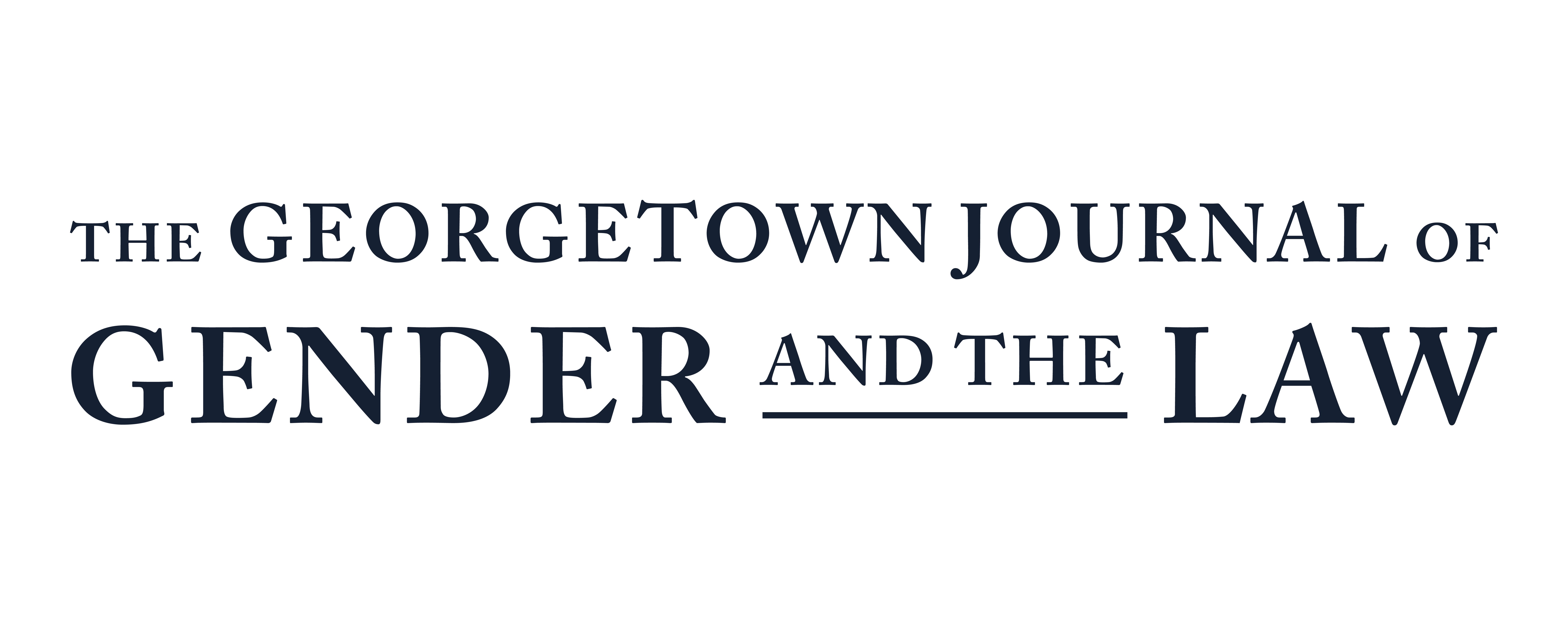Normalizing Injustice: Thomas, Hill, and the Necessity of Intersectionality in Rhetorical Criticism
“This is the new normal for me,” Professor Anita Hill said while speaking in front of an audience with The New York Times in 2019. Nearly 30 years earlier, on September 25th, 1991, the trajectory of Hill’s life and career would change forever. As a former employee of Supreme Court nominee Clarence Thomas, Hill would come forward with an extensive recollection of sexual harassment allegations against the then-appellate judge that marred her tenure with Thomas at the Department of Education and Equal Employment Opportunity Commission (“EEOC”). During that final chapter of the confirmation hearings, Hill testified in front of an overwhelmingly male and white Senate. Decades later, her testimony and bravery for bringing her allegations public continue to influence conversations regarding sexual harassment, holding lawmakers accountable, and accountability for future and current Supreme Court Justices. From a rhetorical standpoint, Thomas’ hearing also sheds light on the unique obstacles women of color, particularly black women, face when making allegations against black men—especially ones who are high-profile figures. Thomas’ weaponization of racism and usage of negative black women archetypes during his confirmation proceedings demonstrates the ways in which a male-centered conception of racism in America is not only problematic, but dangerous. Thomas famously referred to the allegations of sexual harassment leveraged against him by Hill, a black woman, as a “high-tech lynching” in which he would be “caricatured by a committee of the U.S. Senate, rather than hung from a tree.”
This paper will attempt to deconstruct Thomas’ testimony in response to Hill’s claims to discern what rhetorical methods were used to persuade a majority of the Senate Judicial Committee to approve Thomas’ confirmation despite Hill’s allegations of sexual harassment. To account for Hill’s identity as a black woman, and Thomas’ identity as a black man, this paper will use an analysis that combines elements from both the racial and feminist approaches of rhetorical criticism. By adopting Kimberle Crenshaw’s theory of intersectionality, which was created as a critique of the dominant “single-axis framework” of racial and feminist rhetorical criticism, this paper seeks to reveal how racism and misogyny operate rhetorically in a public setting between two members of the same race with different genders. First this paper will provide an overview of the rhetorical artifact, Justice Thomas’ confirmation hearing transcript, focusing on the testimony immediately following Hill’s allegations. Second, the analysis will first give an overview of racial tropes associated with black women, and how Thomas weaponized these to undermine Hill’s credibility as a victim. Next, there will be a discussion on how Thomas used antiracist rhetoric and America’s gruesome history of lynching to brand himself as a victim of racism during his testimony. Finally, this paper will analyze how Thomas claims to be a victim of negative black male stereotypes by using common antiracist rhetoric to defend misogyny, despite subjecting Hill to similarly negative archetypes based on her gender and race.

